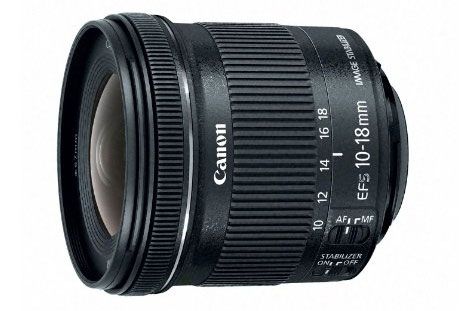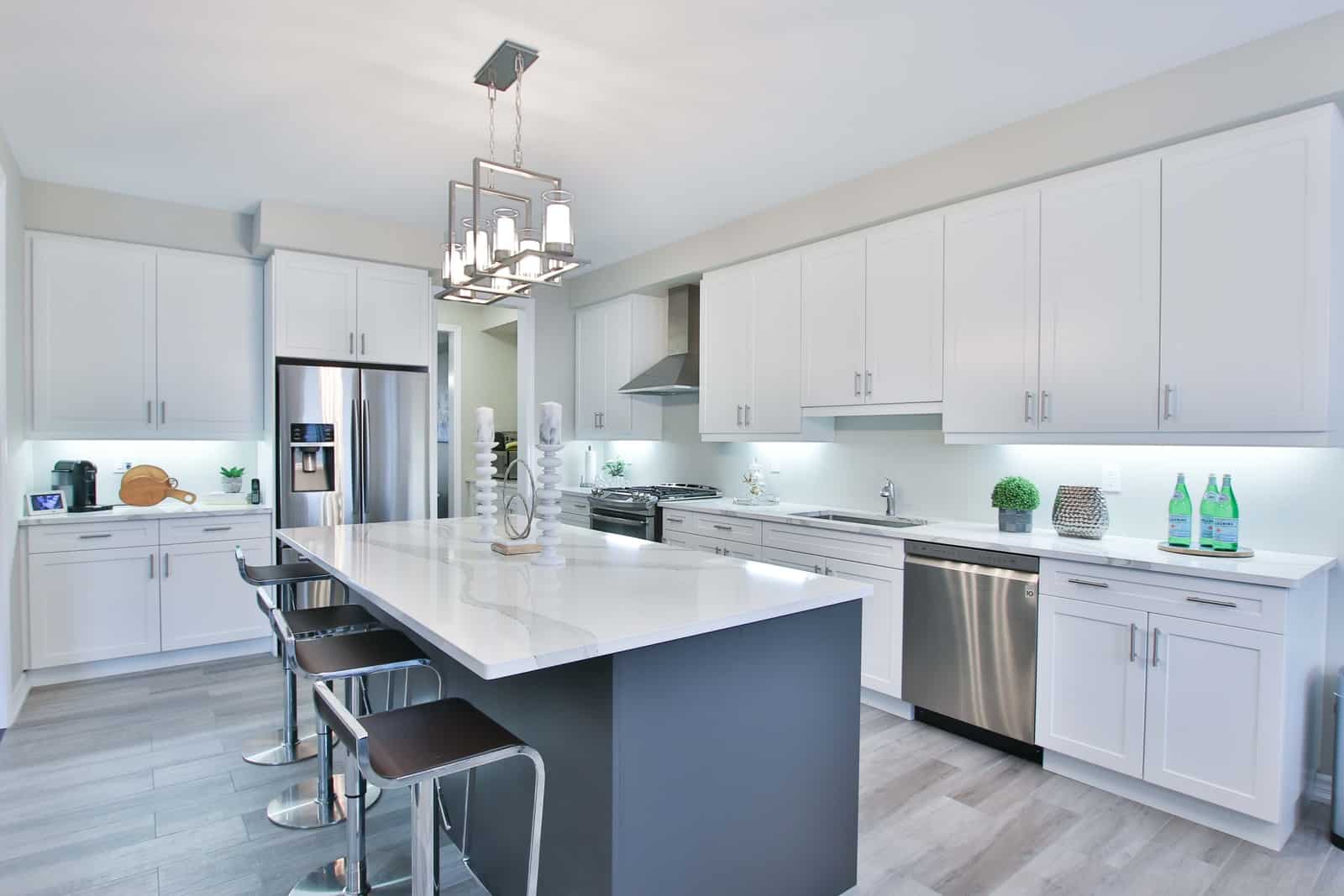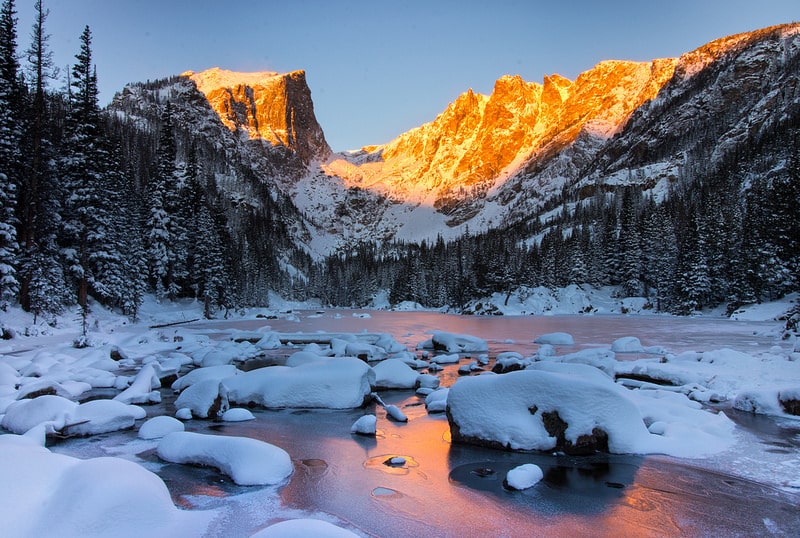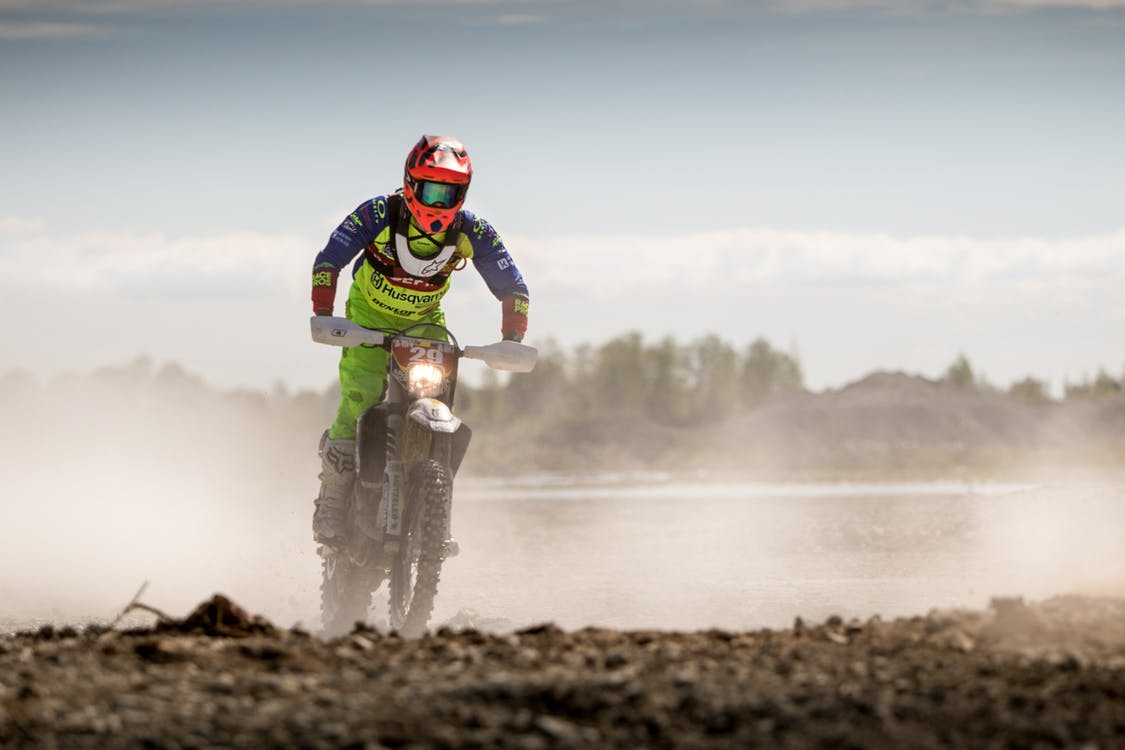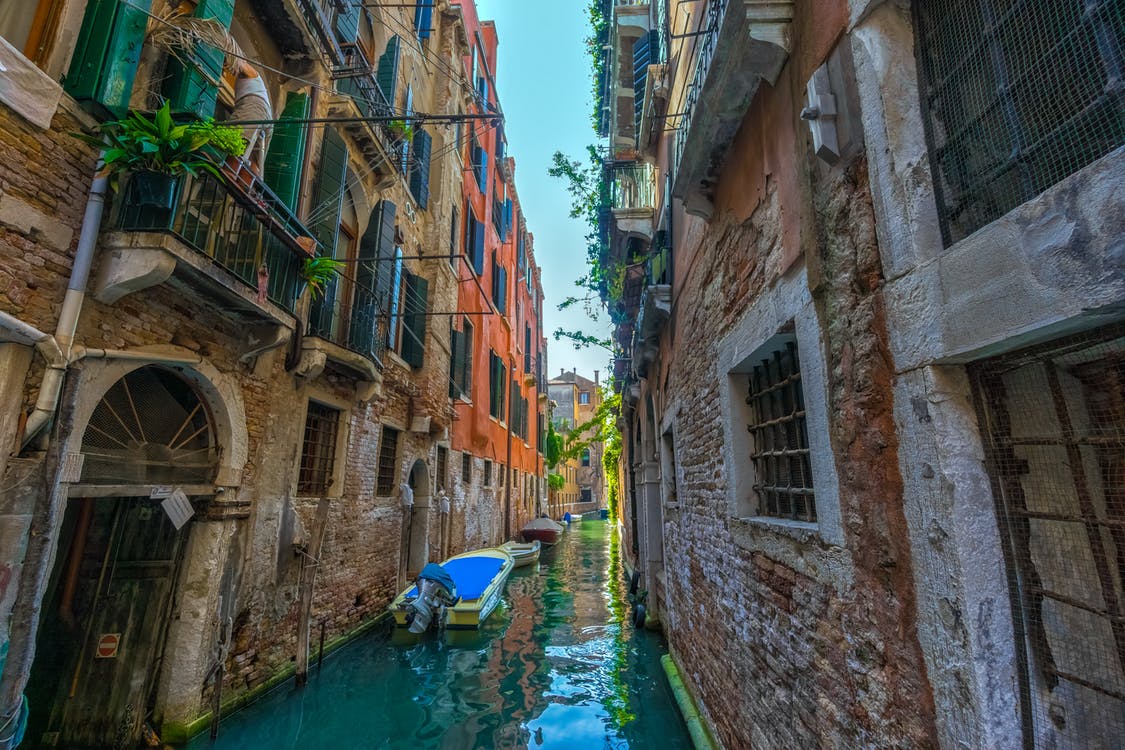Trying to figure out what is the best Canon lens to use for Real Estate photography? For photographing real estate, there’s only one thing that truly matters: wide angle lenses. Regardless of the type of Canon camera you have a wide-angle lens is going to help you capture that professional looking property. That shot that is going to help you capture a buyer’s attention.
Table of Contents
ToggleSelecting the Best Real Estate Lenses for Canon
What lens should you use as a realtor or property manager? Your number one priority for taking pictures indoors should be having an ultra wide lens that allows you to capture the entire scene. Anything under 24mm is a must, and you’ll rarely want to go below 12/14mm as most lenses show too much distortion.
Below you will find our best real estate lenses from Canon, Tamron and Tokina. These will help you get professional results that you see other realtors using.
Best Canon Lenses for Real Estate:
 Tamron 15-30mm f/2.8 Di VC USD
Tamron 15-30mm f/2.8 Di VC USD
Canon EF 16-35mm f/4L IS USM
Canon EF 14mm f/2.8L II USM
Canon TS-E 17mm f/4L UD
 Best Canon EF-S Lenses for Real Estate:
Best Canon EF-S Lenses for Real Estate:
Canon EF-S 10-18mm f/4.5-5.6 IS STM
Tokina 11-16mm f/2.8 Pro DX II
Every single lens on this list will fit on an APS-C Canon DSLR, but the 2 lenses we have in the last category will not fit on a full frame DSLR. Simply put, if you’re using an APS-C camera you have nothing to worry about.
How to Choose a Canon Lens for Real Estate?
There are four key areas you should look at when selecting a lens for property photography. This is just a quick summary, but if you want more information, we have a post dedicated to interior real-estate photography.
Focal Length
We’ve already got that covered; leave your telephoto lenses at home because anything over 24mm is too long.
This is even more important if you’re using an APS-C camera with a 1.6x crop factor. If you’ve never heard about this before, here’s a real quick and to the point explanation. If you own a Canon DSLR that has an APS-C sensor (from Rebel T6 to 7D II), any lens that you put on, you need to multiply the focal length with 1.6x to get the actual field of view you’re gonna get. So, a 10mm lens on the Canon T6 is “10mm x 1.6 = 16mm”.
This is also the reason why full frame DSLR cameras are much more desirable among landscape and real estate photographers. This doesn’t mean you can’t shoot with your APS-C, but it’s just a disadvantage you’ll have to counter by buying EF-S lenses that were specifically made for APS-C cameras. EF lenses still fit, but most won’t be wide anymore once mounted.
- Stick to lenses under 24mm if you have a FF camera, and stick to lenses under 15mm if you have an APS-C camera.
Aperture
To capture interiors, you’ll rarely use big apertures, which means there’s no reason for you to spend thousands of dollars more on f/2.8 lenses when you’ll most likely shoot between f/5.6 to f/22.
- For real estate purposes you’ll usually shoot between f/5.6 – f/22, so don’t worry about spending more on f/2.8 or bigger lenses.
Distortion
Wide angle lenses are notorious for the following: distortion and flare. Flare can be controlled or at least minimized, whereas distortion is something that you’ll have to fix in post process if you find it too strong.
The more expensive the lens, the less distortion you’ll get, but we’ve picked out what we feel are the top performers for the price and we’re surprised by how good even the cheapest Canon EF-S 10-18mm is.
If you absolutely want straight lines directly out of your camera without any extra work, you’ll need to get a Tilt-Shift lens (we have 1 in our guide). Expensive, but worth it if you’re doing this professionally.
Tripod or Image Stabilization?
Nothing beats a good, solid tripod. Sharper shots, ability to use smaller apertures with slower shutter speeds because you’re stable, and proper framing.
There might be situations where you can’t bring a tripod, or there’s not enough time to fully setup one in each room. In this case, having a lens with Image Stabilization (VC on Tamron) helps a lot because you’ll be shooting with small apertures, which then results in slow shutter speeds to make up for the “lost light”. A stabilized lens can help up to ~3-4 stops, meaning you can shoot with 1/15 instead of 1/125 and that is a lot indoors!
Best Canon Lenses for Real Estate Photography
If you decide to buy anything after clicking on our Amazon links, you automatically support us. It’s what allows us to write guides such as this one.
1. Tamron 15-30mm f/2.8 Di VC USD
Wide zooms from third-party lenses that would challenge more expensive Canon zooms are hard to find, but the Tamron 15-30mm f/2.8 Di VC USD does just that.
Yes, above we just said that f/2.8 zooms are not necessary, but it’s priced similarly to the Canon’s f/4 version so we definitely had to include it.
Sitting at less than $1,200, it gives you an extremely wide view with f/2.8 aperture and Vibration Compensation (IS on Canon). None of Canon’s f/2.8 16-35mm lenses offer IS, neither does the Nikon 14-24mm f/2.8 (which the Tamron is also competing with). How much does the VC help? Around 3 stops (you can see it in TDP’s review here), which means you can shoot with 1/8 where you’d normally have to choose 1/60.
The Tamron is great if you need VC and will also use it in different places, such as indoors and in low light, where f/2.8 will help tremendously. It can also be used for astrophotography. Thanks to USD (Ultra Silent Drive), it focuses quickly and quietly, but the more expensive 16-35mm below tends to be more accurate, at least when shooting in more difficult conditions. For real estate and landscape, this won’t be an issue though as you often focus manually.
You can buy it at Amazon or see more reviews here.
2. Canon EF 16-35mm f/4L IS USM
The Canon EF 16-35mm f/4L IS USM is our most recommended lens if you’re looking for a light, sharp zoom to shoot real estate/landscape/cities and nature.
First, it features Image Stabilization and an Ultra Sonic Motor, the two things you want in almost every lens. The IS will help you up to 4 stops and indoors or in low light, that is a lot of help.
As far as image quality goes, it’s extremely sharp in center and corners and is once again a great deal for the money. Canon’s recent wideangle zoom lenses have been nothing but amazing. It’s also the lightest of all 16-35mm lenses, including the Tamron. The 16-35mm f/2.8 shows a little bit less distortion but costs twice as much, so you’ll have to decide what matters the most.
Simply put, if you require a wide zoom for mainly outdoor work but will happily rely on IS when indoors or shooting with slow shutter speeds, this is your best choice. Even on an APS-C camera, where the field of view is equivalent to 25–56mm, it serves as a great all-around zoom, but will be too long for APS-C cameras.
You can buy it at Amazon or see more reviews here.
3. Canon EF 14mm f/2.8L II USM
The Canon EF 14mm f/2.8L II USM is expensive, but it’s also the widest prime with quick auto focus (USM).
It’s appropriate for landscape, cities, traveling, astrophotography, nature and even for real estate and architecture. Distortion is better controlled than with any zoom above which says a lot about the quality of the 14mm f/2.8L II. Vignetting is visible at f/1.4 but stopped down slightly it’s greatly reduced. If you are going to use it on an APS-C camera you won’t notice vignetting at all, and on either system you’ll be using it with smaller apertures anyways.
However, most photographers use this on a full frame DSLR in order to get those extreme wide shots. The lens is weather-sealed, shows little chromatic aberration (mostly in corners) and flare. Because the front element is so big you can’t use a filter, and the lens cap is also bigger than your average cap in order to protect it.
You can buy it at Amazon or see more reviews here.
4. Canon TS-E 17mm f/4L UD
The Canon TS-E 17mm f/4L UD does not have auto focus so it’s best to use it on a tripod, like all other tilt-shift lenses.
What is the beauty of tilt-shift lenses?
You can tilt and/or shift it to achieve straight lens, something that’s a must for professional architecture, indoor and building shots. A few seconds of preparing the lens in real life and you’ll get better results than hours of fixing the shot in post process, with sharper corners.
The second reason why these lenses are great is the fact that you can stack shots together and get extremely sharp, high detailed photographs with a very small depth of field. The lens allows you to change your focus and you can easily take 2-3 photos at the same location and simply changing the focus (one for the foreground, one for the background, more if needed) and merge these together later. If you’re interested in landscape photography with tilt-shift lenses, check out this post with beautiful examples.
This focus ability also makes them good for product photography and achieving the miniature effect, but they are quite expensive so we only recommend getting a tilt-shift if you can see and use the benefits.
The 24mm specifically, is an extremely sharp prime lens, one of Canon’s top quality piece of glass out today. Check out this video by LensProToGo for focusing and tilt-shift uses.
You can buy it at Amazon or see more reviews here.
Best Canon EF-S Lenses for APS-C Sensor:
1. Canon EF-S 10-18mm f/4.5-5.6 IS STM (APS-C)
The Canon EF-S 10-18mm f/4.5-5.6 IS STM is your widest Canon zoom if you’re using an APS-C DSLR. This means any camera between the Canon T6 and 7D Mark II.
It’s got great image quality, sharpness and contrast, which is quite impressive considering the lens is super affordable. It replaced the 10-22mm, a more expensive lens with identical image quality. The 10-18mm now uses STM (Stepping Motor) to achieve silent and accurate focus, which makes it great for video recording as well as photographing fast subjects.
The focal length is excellent for landscape, architecture, indoor scenes and group shots, but you could also use it as a walkaround lens. The distortion is very good controlled and is almost identical to the more expensive 16-35mm f/4.
If you’ve never owned a wideangle zoom before, you should get the 10-18mm, it’s fun and extremely wide (the field of view is equivalent to 16-29mm once mounted on the camera because of the 1.6x crop factor).
You can buy it at Amazon or see more reviews here.
2. Tokina 11-16mm f/2.8 Pro DX II (APS-C)
The Tokina 11-16mm f/2.8 covers a smaller range than the 10-18mm yet costs more.
It used to compete with Canon’s 10-22mm and was more affordable, but with the new 10-18mm, its only advantage is better build design and the bigger aperture at all focal lengths (2 stops at 16mm).
For controlled places where you’ll be using small apertures and tripods, it won’t make a difference, but if you also plan on using the lens for club/indoor shots with a blurred background or bad light, it’ll be much better.
It shows quite a lot of flare and at f/2.8 and 11mm, you’ll have to correct the chromatic aberration more than with most lenses above.
Design wise, the Tokina 11-16mm is built well and feels very solid. Tokina lenses are known for having great build quality.
You can buy it at Amazon or see more reviews here.
Only 2 lenses for APS-C but they’re both perfect.
Tips for Taking Better Interior Real Estate Photography
Whether a Realtor or a Property Manager, the housing market is always competitive. Regardless of it being an up or a down market the field is saturated people trying to make a living. So anything you can do to stand out from the sea of options can go a long way. This advice applies to homeowners that are listing on Airbnb, VRBO, or other rental marketplaces as well.
People are very visual by nature and so a great property shot can catch a buyer’s attention or at least instill confidence in the condition of the property.
Need some tips before setting up to shoot the spaces of your property? Consider reading our guide on Interior Real Estate Photography.
Find the Perfect Canon Lens
If you’re looking to narrow down the options based on a specific type of photography or if you’re trying to figure out what the best lenses are for a particular Canon camera then check out our simplified guides to finding the best Canon lenses by using our “5 star” selection system.
Related Articles
Interior Real Estate Photography Tips
You need an intriguing property shot to can catch a buyer's or renter's attention and instill confidence in the property.
Read MoreBest Canon Lenses For:
First and foremost, I’m a husband and father. Then professionally I’m photographer, designer, blogger, and Esty store owner. My homebase is near the stunning Wasatch mountains in Utah but I love traveling with my family as part of our homeschooling journey. I also love teaching and helping out others. My faith is one of the biggest aspects of my life and brings be a consistent joy that I haven’t found in anything else. My main blog is BestPhotographyGear.com and I strive to make photography simple for anyone looking to learn or find gear for their individual needs. By nature, I like to study, research, and analyze things and I use that help provide the best advice and reviews I can.

